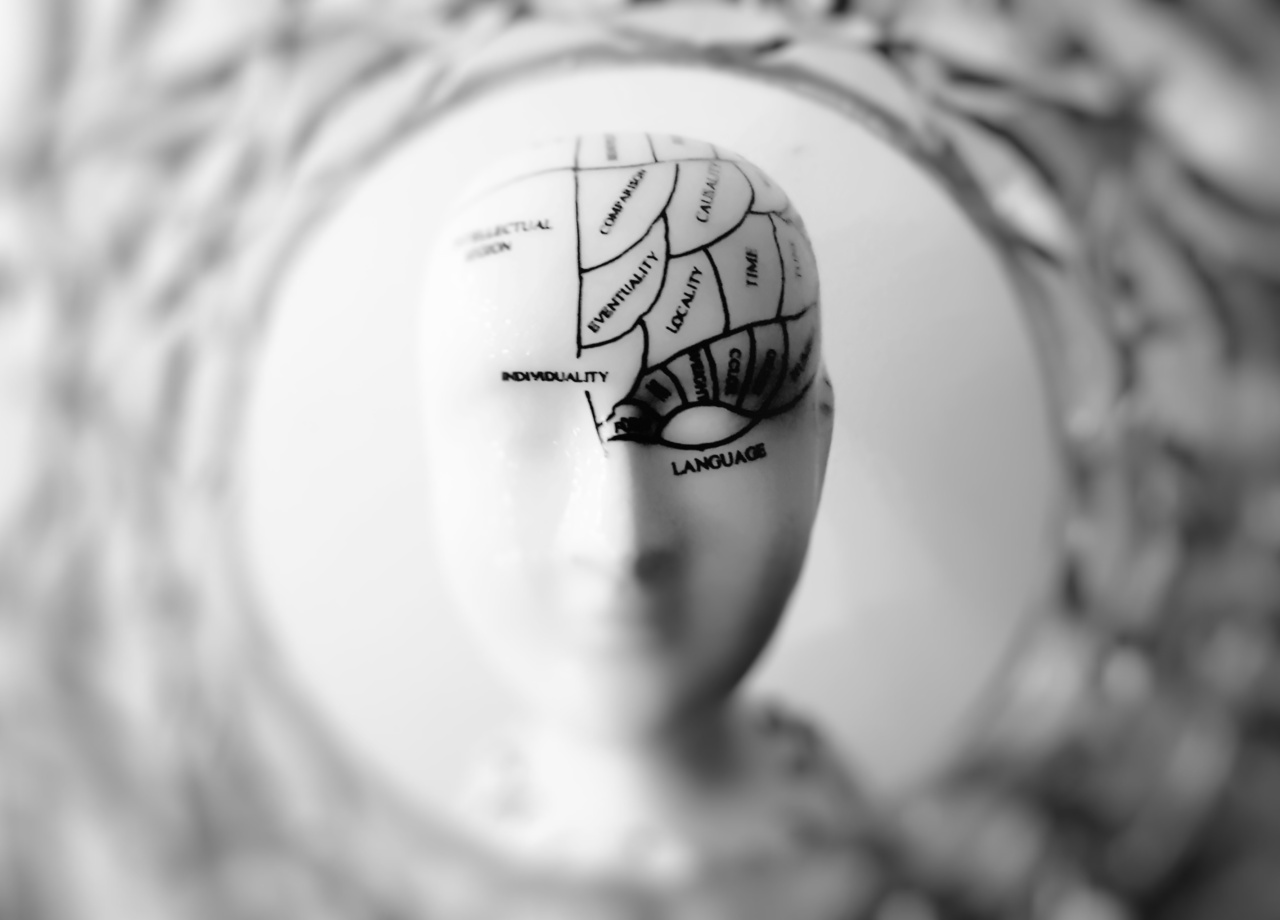The brain is a complex organ that is responsible for practically everything we do, from thinking to talking to walking.
Given its importance, it is no surprise that researchers have devoted a lot of time and effort to understanding how the brain functions. One of the most fascinating things about the brain is that it can be very difficult to study. After all, it is not as if you can simply open up someone’s skull and take a look at what is going on inside.
Fortunately, scientists have come up with several ways to indirectly measure brain function. Here are just a few of the clues that indicate brain function.
Electroencephalography (EEG) Signals
EEG signals are electrical impulses that are generated by the brain. By attaching electrodes to the scalp, researchers can measure these signals and get a sense of how the brain is processing information.
One of the key benefits of EEG signals is that they are relatively easy to measure. However, they can be difficult to interpret as they are often very noisy and can be influenced by factors such as movement and environment.
Magnetic Resonance Imaging (MRI) Scans
MRI is a type of scanning technique that uses strong magnets and radio waves to create images of the brain. By analyzing these images, researchers can learn about the structure of the brain and how different regions of the brain are connected.
MRI scans are particularly useful for identifying structural abnormalities in the brain, such as tumors or lesions, and for studying changes in the brain over time. However, they do not provide direct information about brain function.
Functional MRI (fMRI) Scans
fMRI is a type of MRI scan that is used to measure changes in blood flow in the brain. By looking at these changes, researchers can estimate which areas of the brain are most active during a particular task.
Because fMRI scans directly relate to brain function, they are often used in studies of cognitive and motor function. However, they have some limitations, such as being prone to noise and other artifacts.
Transcranial Magnetic Stimulation (TMS)
TMS is a technique where a magnetic field is used to stimulate specific regions of the brain. This allows researchers to temporarily disrupt brain function and study the effects.
TMS has been used in a variety of studies, including those related to language, emotions, and pain. However, it is still a relatively new technique and its long-term effects are not yet well understood.
Positron Emission Tomography (PET) Scans
PET scans are a type of imaging technique that uses radioactive tracers to measure blood flow, oxygen consumption, and glucose metabolism in the brain. By analyzing these measurements, researchers can gain insights into brain function and activity.
PET scans are particularly useful for studying conditions such as Alzheimer’s disease, where there are significant changes in brain metabolism. However, they are expensive and require the use of a radioactive tracer.
Magnetoencephalography (MEG) Signals
MEG signals are similar to EEG signals in that they measure the electrical activity of the brain. However, rather than measuring the signals at the scalp, MEG measures the magnetic field generated by the signals.
MEG signals provide a very precise measurement of brain activity, as they are not as influenced by factors such as movement and environment. However, MEG is an expensive technique and is not yet widely available.
Event-Related Potentials (ERPs)
ERPs are a type of EEG signal that are generated in response to a specific event or stimulus. By analyzing these signals, researchers can gain insights into how the brain processes different types of information.
ERPs are particularly useful for studying cognitive processes, such as language comprehension and attention. However, they are often very subtle and require careful analysis.
Eye Movements
Eye movements provide a window into cognitive processing, as they are closely tied to attention, perception, and memory. By analyzing eye movements, researchers can gain insights into how the brain processes visual information and makes decisions.
Eye movements can be studied using a variety of techniques, including eye tracking and pupil dilation.
Biomarkers
Biomarkers are biological signals that are indicative of a particular condition or state. In the context of the brain, biomarkers can be used to diagnose and monitor conditions such as depression, anxiety, and Alzheimer’s disease.
Biomarkers can be measured using a variety of techniques, including blood tests and spinal taps. However, it is important to note that biomarkers are not always specific to a particular condition and can be influenced by other factors.
Neuroimaging and Brain Function
Neuroimaging techniques have revolutionized our understanding of brain function, but they are not without limitations. As we have seen, different techniques provide different types of information and have different levels of precision and accuracy.
Additionally, many of these techniques are relatively new and it is not yet clear how they should be used in clinical settings. Nevertheless, neuroimaging provides a valuable tool for studying the brain and has already led to significant advances in our understanding of brain function.






























